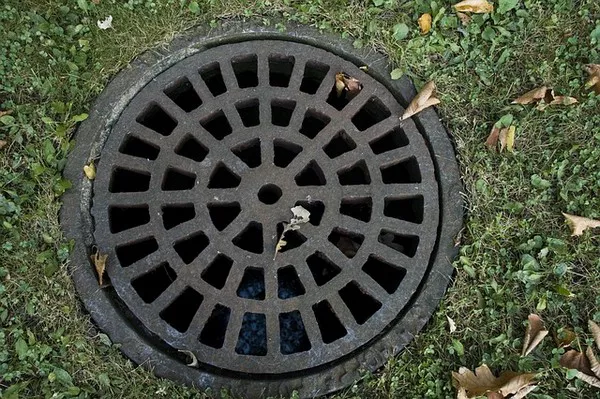Sewage blockages pose a significant challenge to urban infrastructure and public health. The repercussions of blocked sewage systems are far-reaching, leading to environmental pollution, health hazards, and disruptions to daily life. To address this issue effectively, it is crucial to delve into the root causes of sewage blockages. This article aims to provide a comprehensive analysis of the factors that contribute to sewage blockages, shedding light on the complexity of the problem and emphasizing the importance of proactive measures.
Fat, Oil, and Grease (FOG):
One of the primary culprits behind sewage blockages is the improper disposal of fat, oil, and grease, collectively known as FOG. Household and industrial activities often result in the release of FOG into the sewage system. Over time, these substances congeal and solidify, forming stubborn blockages within pipes. The accumulation of FOG restricts the flow of wastewater, leading to backups and overflows.
To mitigate FOG-related blockages, municipalities and businesses must implement proper disposal practices. This involves the installation of grease traps in commercial kitchens and educating the public about the adverse effects of pouring grease down kitchen sinks.
Non-Biodegradable Items:
The pervasive use of non-biodegradable items, such as wet wipes, sanitary products, and plastic materials, contributes significantly to sewage blockages. Unlike toilet paper, these items do not break down easily in water. Instead, they accumulate in pipes, forming constrictions that impede the smooth flow of sewage.
Public awareness campaigns emphasizing the importance of disposing of non-biodegradable items in designated bins, rather than flushing them down toilets, can help mitigate this issue. Additionally, wastewater treatment facilities should employ advanced filtration systems to capture and remove these materials before they cause blockages.
Tree Roots:
The seemingly relentless growth of tree roots poses an unexpected threat to sewage systems. Roots can infiltrate pipes through cracks or joints in search of water and nutrients. Once inside, they can expand, causing blockages and damage to the integrity of the sewage infrastructure.
Regular maintenance and inspection of sewage lines, along with the implementation of root barriers in strategic areas, can help prevent root intrusion. Utilizing non-invasive sewer repair technologies, such as trenchless methods, can also minimize the impact on existing trees while addressing root-related blockages.
Foreign Objects:
Foreign objects, ranging from toys to clothing items, are frequently flushed down toilets or discarded into storm drains. These items can accumulate in the sewage system, creating blockages that disrupt the normal flow of wastewater. In urban areas, where the density of population is high, the likelihood of encountering such blockages is amplified.
Public education campaigns on proper waste disposal and the potential consequences of flushing foreign objects can go a long way in reducing these blockages. Moreover, the installation of debris screens in stormwater drains can help capture larger objects before they enter the sewage system.
Aging Infrastructure:
Many cities around the world grapple with aging sewage infrastructure, characterized by deteriorating pipes and outdated systems. As pipes degrade over time, they become more susceptible to blockages caused by root intrusion, sediment buildup, and structural failures. Aging infrastructure is a pervasive issue that requires strategic investments in rehabilitation and modernization.
Municipalities should prioritize infrastructure upgrades, incorporating durable and corrosion-resistant materials. Regular inspections and proactive maintenance schedules can help identify potential issues before they escalate into full-blown blockages.
See Also: What Causes Sewer Smell In The Bathroom
Conclusion:
Sewage blockages are a multifaceted problem with far-reaching consequences. Understanding the various causes is crucial for implementing effective preventive measures. By addressing issues such as FOG, non-biodegradable items, tree roots, foreign objects, and aging infrastructure, communities can work towards developing sustainable solutions to mitigate the impact of sewage blockages on public health and the environment.
It is imperative for governments, municipalities, and communities to collaborate on awareness campaigns, infrastructure investments, and policy development to create a resilient sewage system that can withstand the challenges of the modern world. Through a collective effort, we can pave the way for a cleaner, healthier, and more sustainable urban environment.

